Welcome, crypto enthusiasts and futurists, to an exhilarating journey into the world of AI cryptocurrencies, where innovation meets the power of the blockchain to redefine the future of wealth. In this rapidly evolving landscape, it’s crucial to stay ahead of the curve. So, a better way to do so than by exploring the top 10 AI crypto projects that are shaping the financial realm and presenting lucrative opportunities to those who dare to embrace the digital revolution.
As we venture forth into this captivating exploration, we’ll delve into a handpicked selection of cryptocurrencies meticulously sorted by their market capitalization and explain each of them after that. From time-tested giants to ambitious newcomers, each of these projects harnesses the immense potential of Artificial Intelligence, pushing the boundaries of what’s possible in the decentralized realm.
Join us as we unravel the potential that lies within these AI cryptocurrencies and uncover how they are revolutionizing various industries. From enhancing financial transactions to optimizing supply chains and even reshaping how we interact with technology, these projects can potentially transform the world as we know it.
The Sam Altman crypto project “Worldcoin” is out
Whether you’re an established crypto enthusiast looking to diversify your portfolio or a curious newcomer seeking insights into the most promising opportunities, this comprehensive guide will equip you with the knowledge needed to make informed decisions and seize the potential for wealth generation.

So, fasten your seatbelts, and get ready to embark on a thrilling ride through the 10 best AI crypto projects that hold the key to a richer, more innovative future
Disclaimer: Nothing on this site should be construed as investing, financial, trading, or any other kind of advice. No cryptocurrency is recommended for purchase, sale, or storage by Dataconomy. Before making any investing decisions, you should do your own research and consult with a financial professional.
10 best AI crypto projects
Here are the 10 best AI crypto projects, according to CoinMarketCap:
| AI cryptocurrency project | Market cap |
| The Graph (GRT) | $1,059,510,102 |
| Injective (INJ) | $722,734,333 |
| Render Token (RNDR) | $692,763,411 |
| SingularityNET (AGIX) | $292,497,767 |
| Oasis Network (ROSE) | $286,788,754 |
| Ocean Protocol (OCEAN) | $235,296,879 |
| Fetch.ai (FET) | $25,208,151 |
| OriginTrail (TRAC) | $100,185,738 |
| inSure DeFi (SURE) | $97,914,080 |
| dKargo (DKA) | $94,090,313 |
However, market caps don’t mean much on their own. Before investing in an AI cryptocurrency, there are several critical factors to consider to make informed and responsible investment decisions. Here are some key aspects to take into account:
- Understand the project’s technology: Research and grasp the underlying technology powering the AI crypto project. Assess the uniqueness and viability of the AI algorithms being used, as well as their potential applications in real-world scenarios. Look for projects with strong technical documentation and an active developer community.
- Team and development progress: Evaluate the team behind the AI crypto project. Look for experienced professionals, researchers, and developers with a proven track record in AI and blockchain. Check the project’s development progress, its roadmap, and whether they have achieved significant milestones.
- Use case and market potential: Analyze the real-world use case and the specific problem the AI crypto project aims to solve. Assess the potential market size and demand for the project’s solutions. Projects with a clear and compelling use case are more likely to gain adoption and have long-term viability.
- Tokenomics and utility: Understand the tokenomics of cryptocurrency. Determine the utility and functionality of the token within the project’s ecosystem. Ensure that the token’s design aligns with the project’s goals and adds value to its users.
- Community and adoption: Examine the project’s community and level of adoption. Projects with strong and engaged communities are more likely to garner support and attract users. Monitor social media channels, forums, and developer communities to gauge the project’s popularity.
- Security and audits: Prioritize security. Look for projects that have undergone external security audits to ensure their smart contracts and code are robust and free from vulnerabilities. Security breaches can severely impact the value and credibility of the cryptocurrency.
- Regulatory compliance: Understand the regulatory environment in which the AI crypto project operates. Compliance with relevant laws and regulations is crucial for the project’s long-term success and sustainability.
- Market liquidity: Consider the liquidity of the cryptocurrency. Adequate trading volume and liquidity are essential for easy buying and selling, preventing price manipulation, and ensuring a healthy market.
- Competitors and partnerships: Identify the project’s competitors and assess how it differentiates itself in the market. Additionally, look for strategic partnerships and collaborations that can enhance the project’s potential for growth and adoption.
- Risk tolerance: Cryptocurrency investments are inherently volatile and speculative. Understand your risk tolerance and invest only what you can afford to lose. Diversify your investment across different assets to spread risk.
- Stay informed: The cryptocurrency market and technology landscape are constantly evolving. Stay updated with the latest news, developments, and trends in the AI and blockchain space to make well-informed decisions.
5 best AI ETFs that people can’t take their eyes off
So, let’s take a closer look at each AI crypto project we mentioned and find out which cryptocurrency can make you rich!

The Graph (GRT)
The Graph’s native cryptocurrency, GRT, is used to incentivize node operators to index and serve data. GRT holders can also stake their tokens to participate in the network’s governance. GRT tokens are used to pay for data queries on the Graph network. They are also used to reward node operators who contribute to the network by indexing data and answering queries.
The Graph (GRT) is a decentralized protocol for indexing and querying data from blockchains. It allows developers to build and publish open APIs, called subgraphs, that anyone can use to access data from any blockchain.
The Graph is still a relatively new project, but it has already been adopted by a number of popular blockchain projects, including Ethereum, NEAR, and Solana. As the adoption of blockchain technology continues to grow, The Graph is well-positioned to become a major player in the decentralized data infrastructure space.

Here are some of the key features of The Graph:
- Decentralized: The Graph is a decentralized protocol, which means that it is not controlled by any single entity. This makes it more secure and reliable than centralized data indexing solutions.
- Open: The Graph is an open protocol, which means that anyone can build and publish subgraphs. This makes it easy for developers to access and use data from blockchains.
- Scalable: The Graph is designed to be scalable, which means that it can handle a large volume of data requests. This makes it a good choice for applications that need to access large amounts of data from blockchains
For more information, click here.
Injective (INJ)
Injective (INJ) is the native token of the Injective Protocol, an open, interoperable blockchain optimized for decentralized finance (DeFi) applications. INJ tokens are used to power the Injective ecosystem, including:
- Governance: INJ holders can vote on proposals that affect the future of the Injective Protocol.
- Validation: INJ holders can stake their tokens to become validators and earn rewards for securing the network.
- Burn auctions: INJ tokens are burned (destroyed) in order to reduce the supply and increase the value of the token.
- Fees: INJ tokens are used to pay for fees on the Injective Protocol, such as gas fees for executing smart contracts.
The Injective Protocol is designed to be a powerful platform for DeFi applications. It offers a number of features that make it well-suited for this purpose, including:
- Interoperable: The Injective Protocol is interoperable with other blockchains, which allows users to access DeFi applications across multiple chains.
- Scalable: The Injective Protocol is designed to be scalable, which means that it can handle a large number of transactions without compromising performance.
- Secure: The Injective Protocol is secured by a Tendermint Proof-of-Stake (PoS) consensus mechanism, which is a proven and secure consensus mechanism.
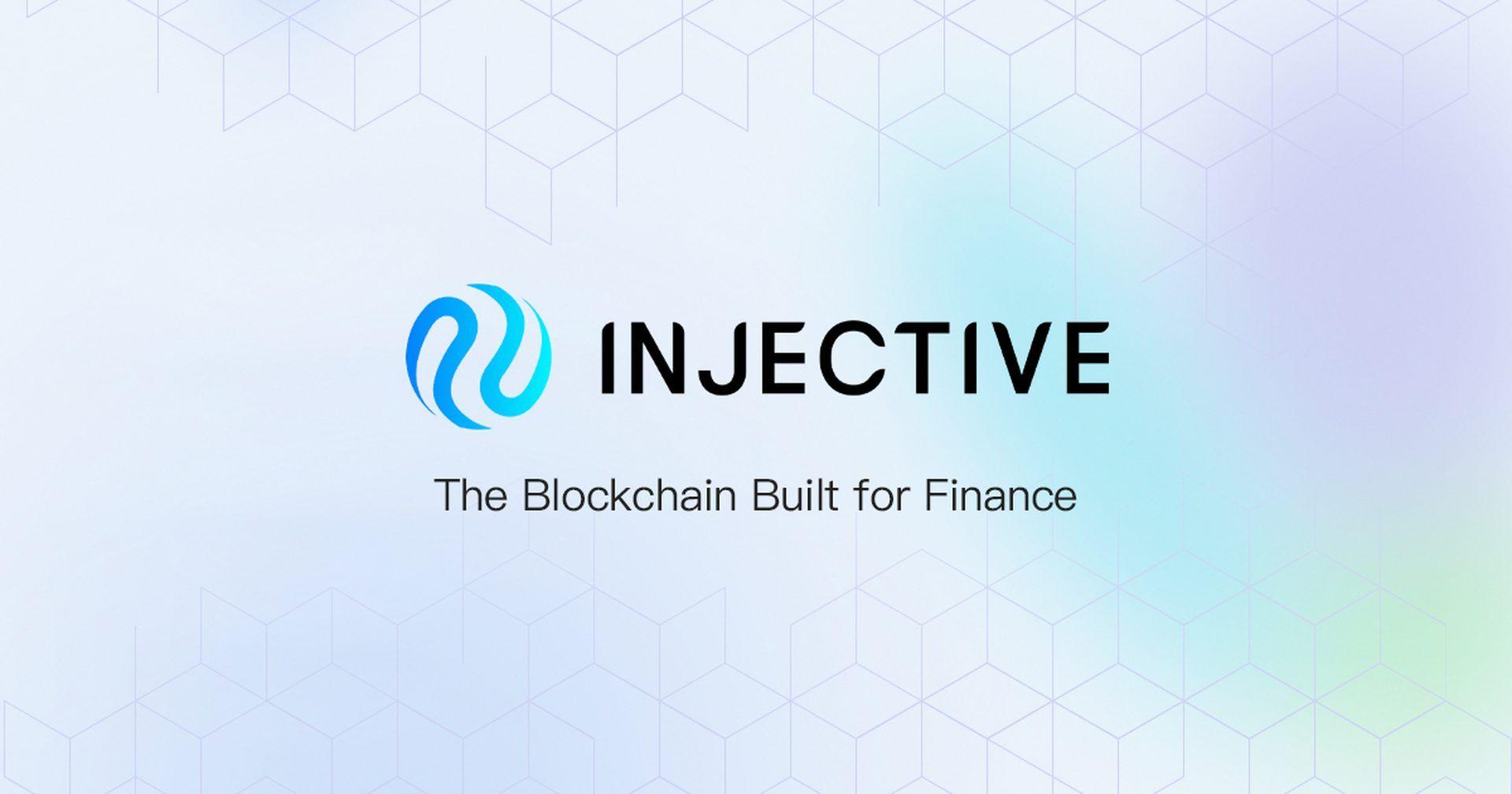
The INJ token is listed on a number of exchanges, including Binance, Huobi, and OKEx.
Here are some of the benefits of using the Injective Protocol:
- Access to a wide range of DeFi applications: The Injective Protocol allows users to access a wide range of DeFi applications, including decentralized exchanges, margin trading platforms, and lending platforms.
- Low fees: The fees on the Injective Protocol are relatively low, which makes it a cost-effective way to use DeFi applications.
- Security: The Injective Protocol is secured by a Tendermint PoS consensus mechanism, which is a proven and secure consensus mechanism.
If you are interested in using DeFi applications, then the Injective Protocol is a good option. It is a secure, scalable, and interoperable platform that offers a wide range of DeFi applications.
To learn more, please visit this link.
Render Token (RNDR)
The Render Token, abbreviated RNDR, is an ERC-20 token that acts as the utility token for paying for rendering services on the Render Network, where animation, motion graphics, and visual effects are produced. The Render Network is a shared GPU rendering infrastructure where individuals may lease out their idle GPU resources for use in rendering jobs. Complex rendering tasks, such as animation, motion graphics, and VFX, might benefit from this.
RNDR tokens are used to pay for rendering tasks on the Render Network. When a user submits a rendering task, they must specify the amount of RNDR tokens they are willing to pay for the task. The Render Network will then match the task with a provider who has the necessary GPU power and who is willing to render the task for the specified price.
RNDR tokens can also be used to purchase Render Network services, such as storage and bandwidth. Additionally, RNDR tokens can be staked to earn rewards.

The Render Network is currently built on the Polygon blockchain, but there is a proposal to migrate the network to Solana. Solana is a faster and more scalable blockchain than Polygon, which would make the Render Network more efficient.
If you want to get more information about it, click here.
SingularityNET (AGIX)
SingularityNET (AGIX) is a decentralized platform powered by the blockchain that enables anyone to effortlessly “build, share, and monetize” Artificial Intelligence (AI) services. It is a global marketplace for AI where anyone can create, deploy, and sell AI services.
The AGIX token is the native token of the SingularityNET platform. It is used to pay for AI services and products on the marketplace, as well as to participate in the governance of the platform.

The AGIX token is a valuable asset for anyone who is interested in the future of AI. It is a token that has the potential to appreciate in value as the SingularityNET platform grows and develops.
For more information, click here.
Oasis Network (ROSE)
Oasis Network is a privacy-preserving blockchain platform built for DeFi, NFTs, and confidential computing. Its native token is ROSE.
Here are some of the key features of the Oasis Network:
- Privacy-preserving: The Oasis Network uses a variety of privacy-preserving technologies, such as zk-SNARKs, to allow users to transact and interact with dApps without revealing their personal data.
- Scalable: The Oasis Network is designed to be scalable, with the ability to process thousands of transactions per second. This makes it suitable for DeFi applications that require high throughput.
- Efficient: The Oasis Network is designed to be efficient, with low gas fees. This makes it affordable for users to participate in DeFi applications.
- Secure: The Oasis Network is secured by a Proof-of-Stake consensus mechanism. This makes it resistant to attack and ensures that the network is fair and decentralized.
The ROSE token is used to pay for gas fees on the Oasis Network, as well as to participate in governance. It can also be staked to earn rewards.
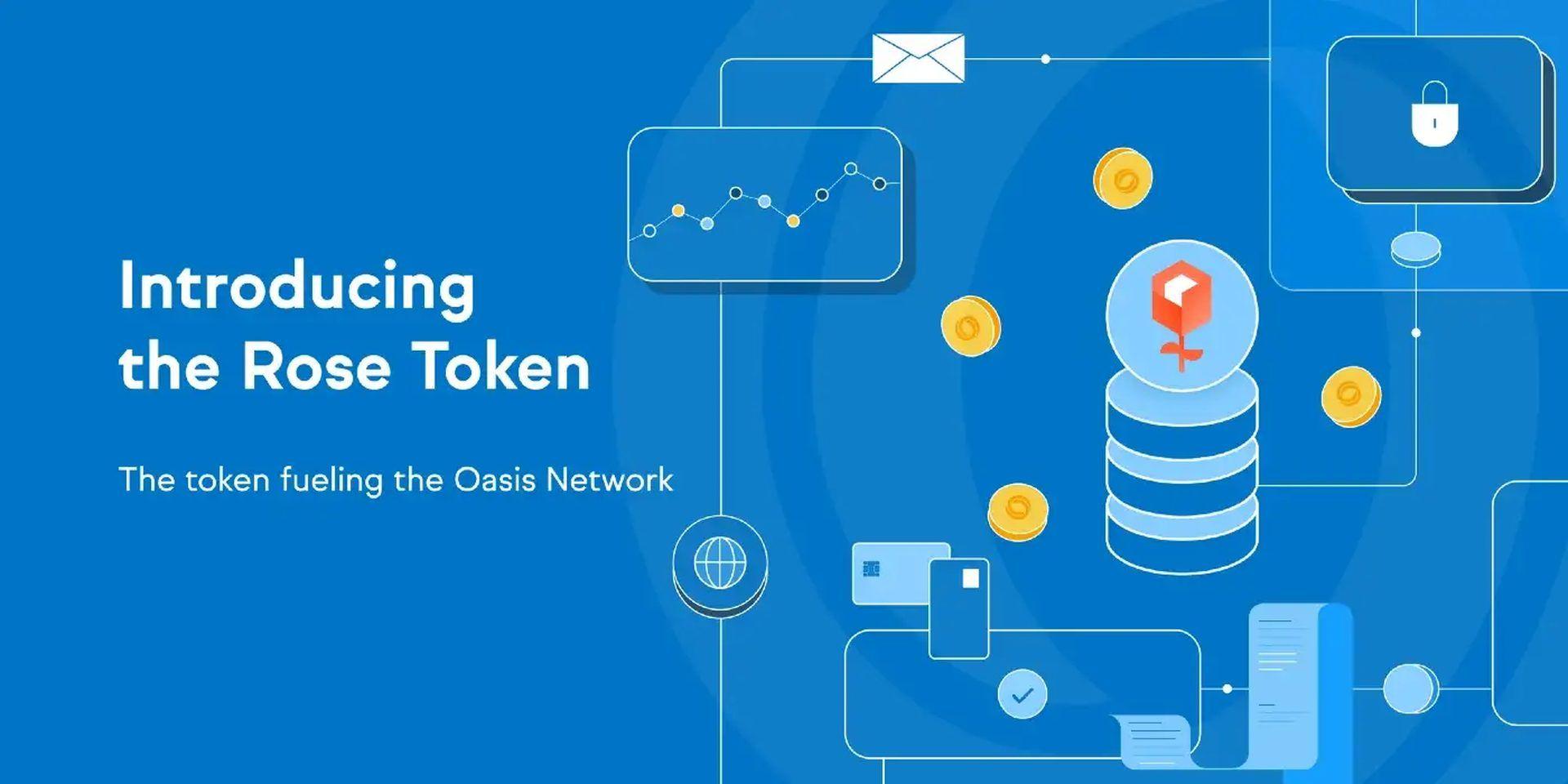
The Oasis Network is still under development, but it has the potential to be a major player in the DeFi space. Its privacy-preserving features make it ideal for applications that require sensitive data, such as healthcare and financial services.
To learn more, please visit this link.
Ocean Protocol (OCEAN)
Ocean Protocol is an open-source protocol that aims to allow businesses and individuals to exchange and monetize data and data-based services. It is built on the Ethereum blockchain and uses the OCEAN token as its native currency.
Ocean Protocol is designed to address the challenges of data sharing and monetization. These challenges include:
- Data silos: Data is often locked up in silos, making it difficult to share and use.
- Data fragmentation: Data is often fragmented, making it difficult to find and access.
- Data security: Data can be vulnerable to security risks.
- Data privacy: Data can be sensitive and require privacy protection.

Overall, Ocean Protocol is a promising project with the potential to revolutionize how data is shared and monetized. However, it is still under development, and it faces some challenges.
If you want to get more information about it, click here.
Fetch.ai (FET)
Fetch.ai (FET) is a decentralized autonomous organization (DAO) that is developing a blockchain-based platform for building and deploying autonomous economic agents. These agents are software programs that can act on behalf of humans, organizations, or other machines to complete tasks or make decisions.
The FET token is the native currency of the Fetch.ai ecosystem. It is used to pay for transactions, stake to secure the network and vote on governance proposals. FET is also used to incentivize the creation and deployment of autonomous economic agents.
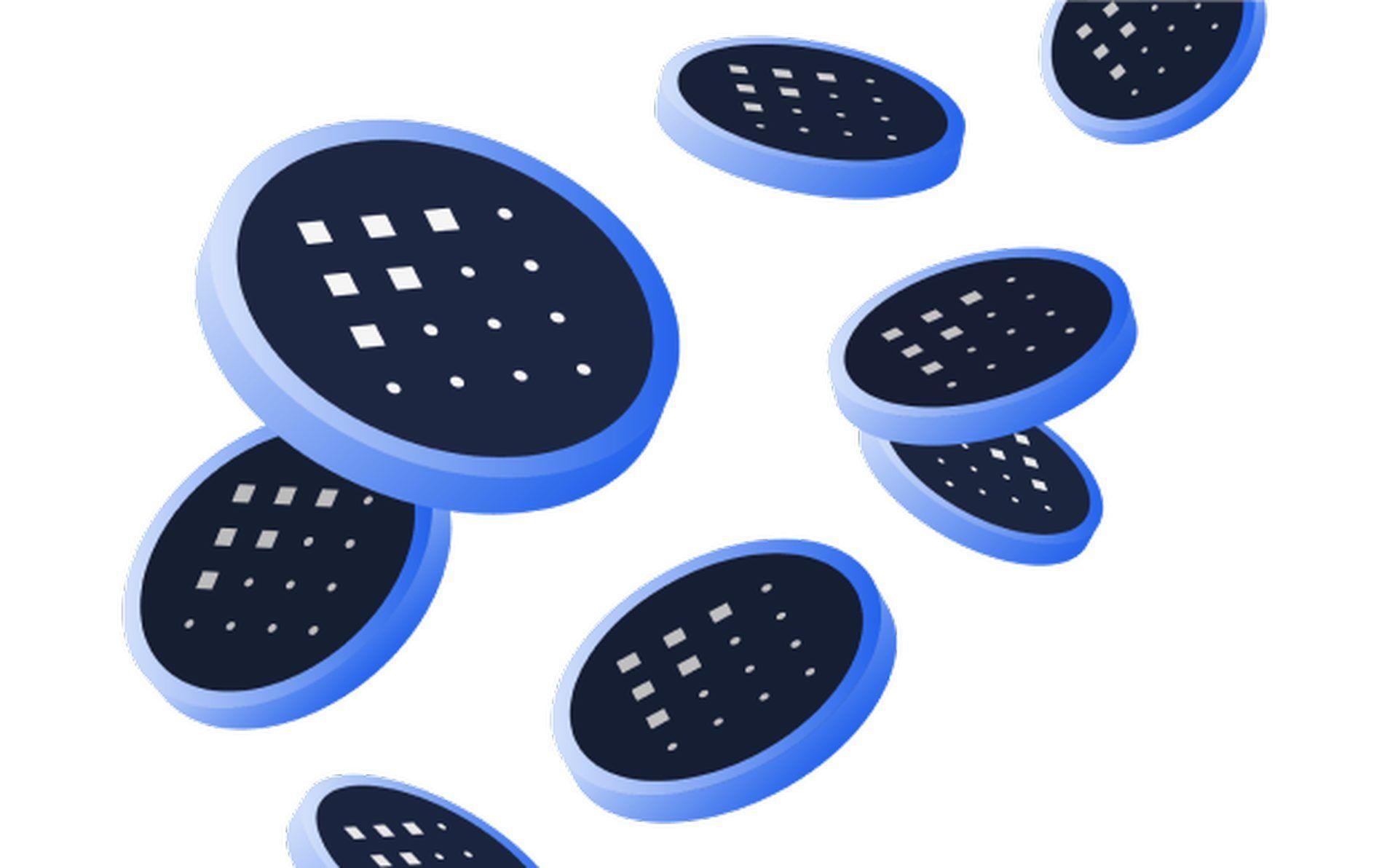
AI crypto projects are advancing the concept of decentralized autonomous organizations (DAOs), enabling decision-making powered by AI consensus.
The Fetch.ai platform is still under development, but it has the potential to revolutionize the way we interact with the world around us. By enabling autonomous agents to act on our behalf, Fetch.ai can automate tasks, make decisions, and learn from our experiences. This could lead to more efficient and personalized experiences in a wide range of industries, including transportation, logistics, finance, and healthcare.
If you are interested in learning more about Fetch.ai or FET tokens, you can visit the Fetch.ai website.
OriginTrail (TRAC)
When it comes to data management, storage, and use in Artificial Intelligence and other applications, OriginTrail (TRAC) is an open-source protocol that combines the power of blockchain technology with knowledge graphs.
The OriginTrail protocol allows for the creation of a decentralized knowledge graph, which is a network of interconnected data points that can be used to track the provenance of goods and services. This data can be used to improve supply chain efficiency, traceability, and transparency.
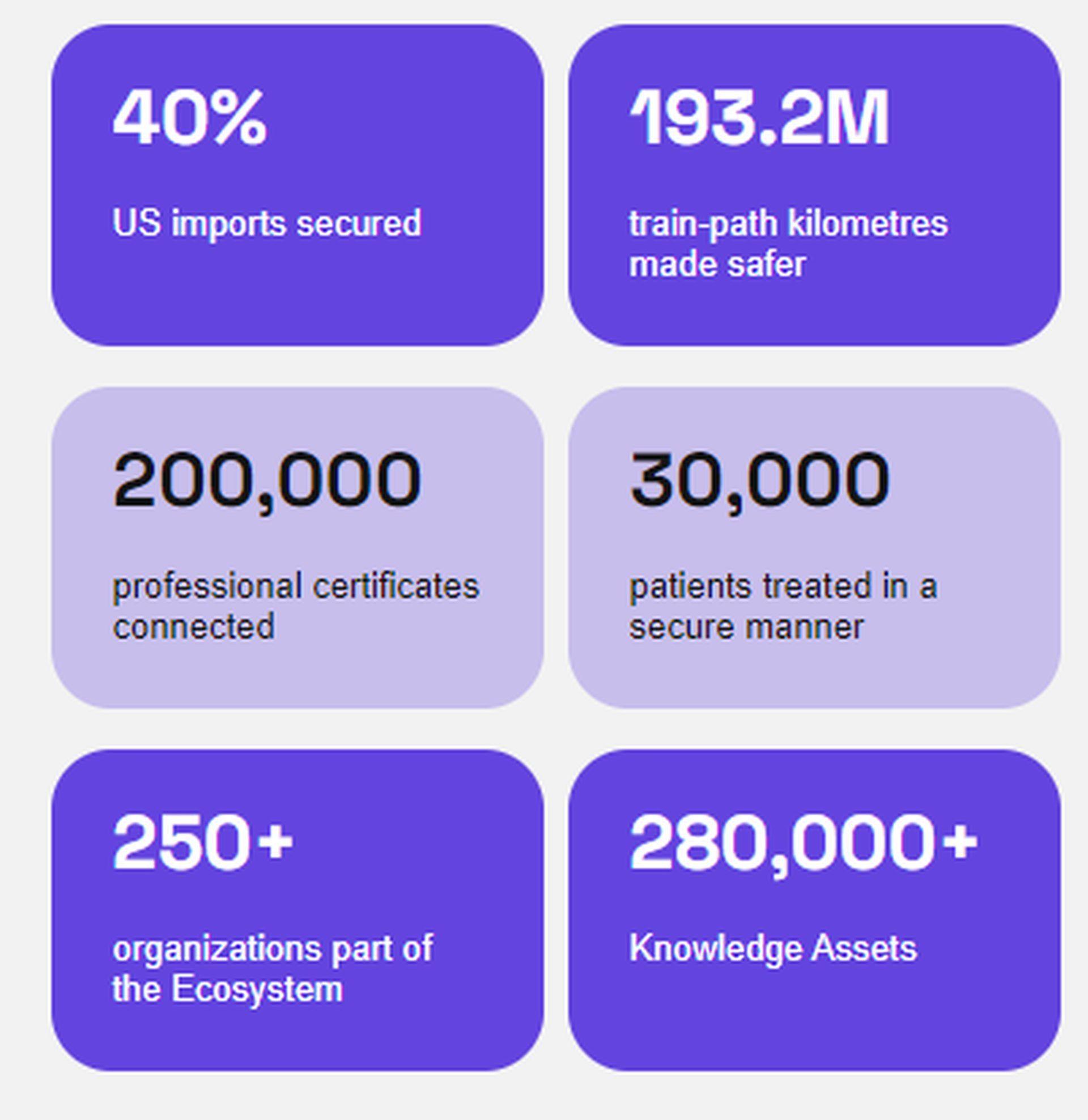
The TRAC token is the native token of the OriginTrail network. It is used to incentivize data providers, node operators, and other participants in the network.
OriginTrail is currently used by a number of companies and organizations, including Walmart, Nestlé, and Google. It is a promising technology that has the potential to revolutionize the way data is managed and used.
The potential for AI-powered data marketplaces is unlocking new opportunities for data monetization within AI crypto projects.
To learn more, please visit this link.
inSure DeFi (SURE)
inSure DeFi (SURE) is a decentralized insurance protocol that provides coverage for DeFi users against smart contract hacks, loss of funds, and other risks. It is built on the Ethereum blockchain and uses smart contracts to automate the insurance process.
SURE tokens are used to pay for insurance premiums and to vote on proposals that affect the inSure DeFi protocol. They can also be staked to earn rewards.
SURE tokens can be bought on a number of exchanges, including Uniswap, Binance, and Huobi Global.
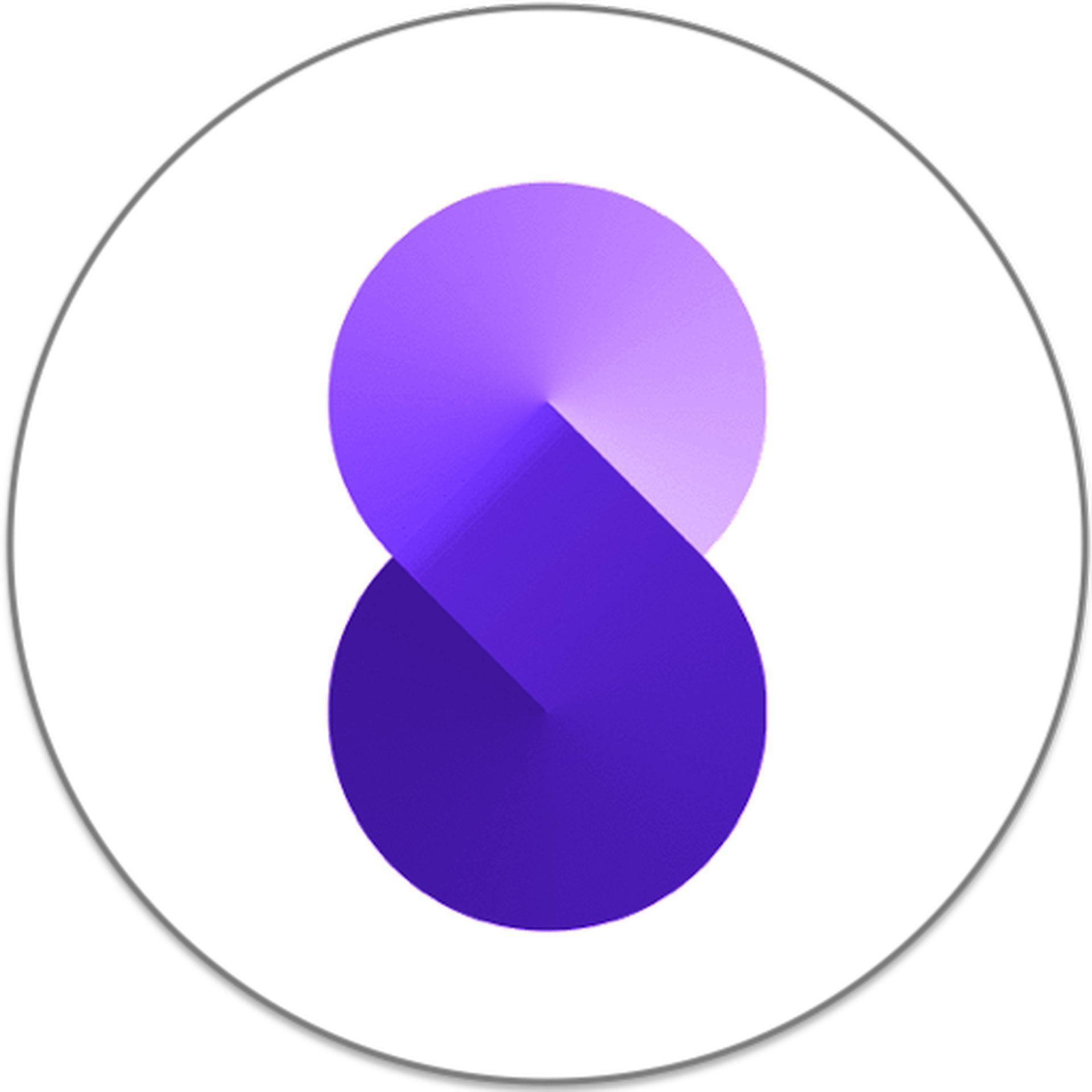
If you are looking for a way to protect your DeFi assets, inSure DeFi is a good option to consider. It is a secure, transparent, and community-driven protocol that offers comprehensive coverage for a wide range of risks.
AI crypto projects embody the promise of a decentralized future, where AI technologies serve as a driving force for positive change in the world.
If you want to get more information about it, click here.
dKargo (DKA)
dKargo (DKA) is a cryptocurrency that was launched in 2021. It is based on the Ethereum blockchain and uses the ERC-20 token standard. DKA is designed to be used as a payment method for shipping and logistics services.
The dKargo platform is still under development, but it has the potential to revolutionize the shipping industry. By using DKA, shippers can track their shipments in real-time, pay for shipping services securely and transparently, and benefit from lower fees.
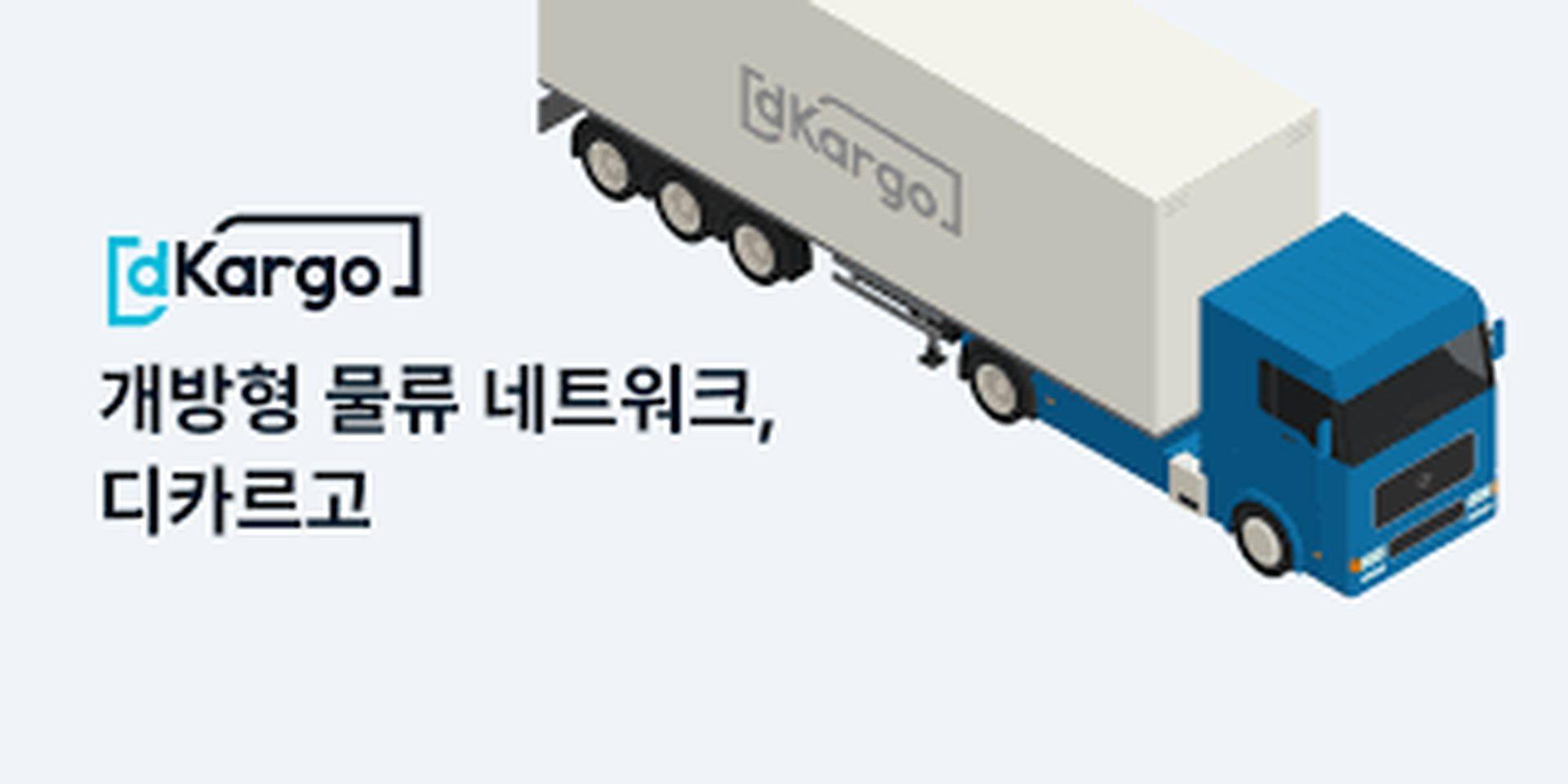
AI crypto projects are reimagining supply chain management by enabling transparency and traceability throughout the process.
If you are interested in learning more about dKargo (DKA), you can visit their website.
Oh, are you new to AI, and everything seems too complicated? Keep reading…
AI 101
You can still get on the AI train! We have created a detailed AI glossary for the most commonly used artificial intelligence terms and explain the basics of artificial intelligence as well as the risks and benefits of AI. Feel free the use them. Learning how to use AI is a game changer! AI models will change the world.
In the next part, you can find the best AI tools to use to create AI-generated content and more.
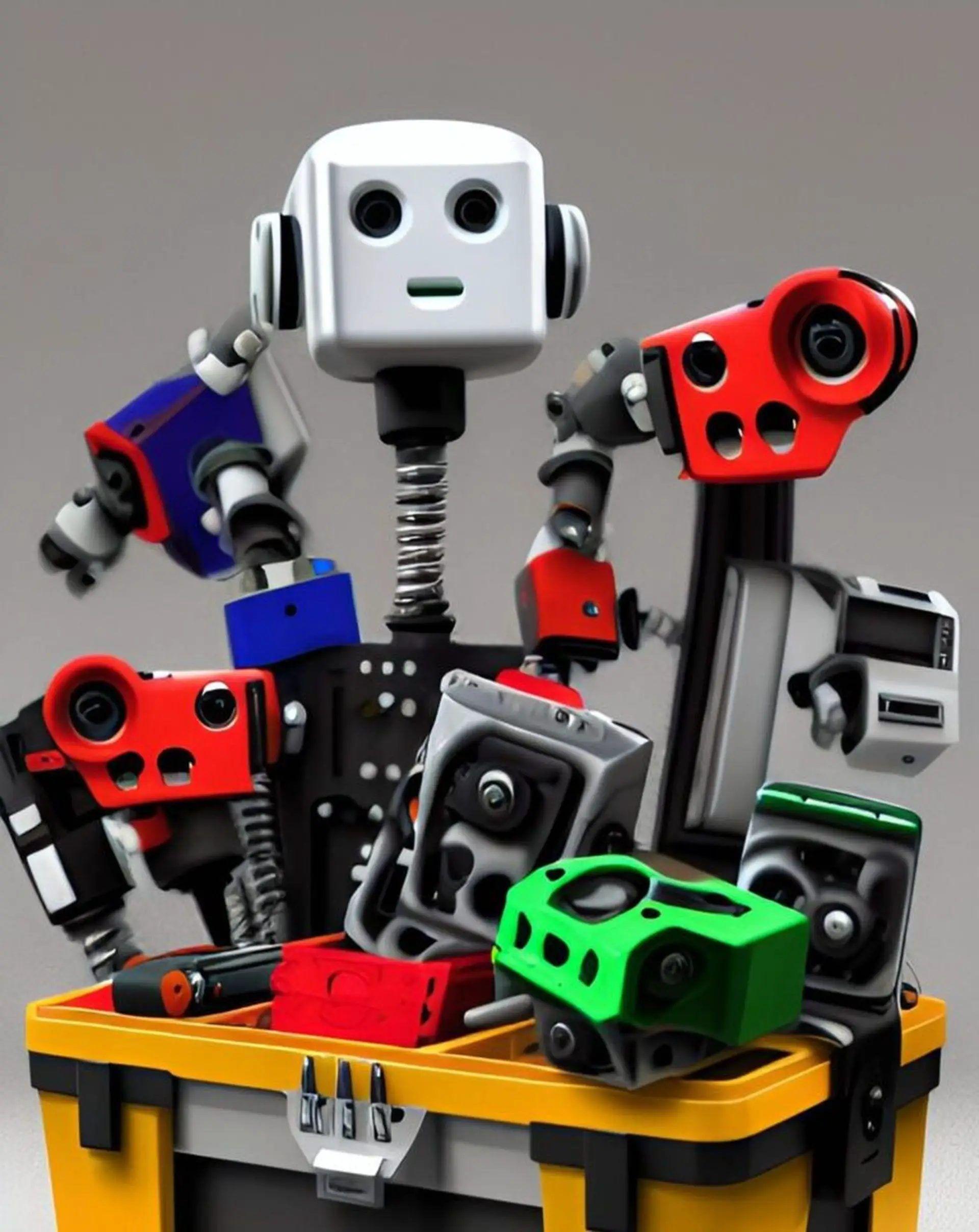
AI tools we have reviewed
Almost every day, a new tool, model, or feature pops up and changes our lives, and we have already reviewed some of the best ones:
- Text-to-text AI tools
- Google Bard AI
- Chinchilla
- Notion AI
- Chai
- NovelAI
- Caktus AI
- AI Dungeon
- ChatGPT
- Snapchat My AI
- DuckAssist
- GrammarlyGO
- Jenni AI
- Microsoft 365 Copilot
- Tongyi Qianwen
- AutoGPT
- Janitor AI
- Character AI
- WordAi
- Venus Chub AI
- Crushon AI
- FreedomGPT
- Charstar AI
- Jasper AI
- WormGPT
- How to use WormGPT AI
- WormGPT download, here are the dangers waiting for you
- Llama 2
Do you want to learn how to use ChatGPT effectively? We have some tips and tricks for you without switching to ChatGPT Plus, like how to upload PDF to ChatGPT! However, When you want to use the AI tool, you can get errors like “ChatGPT is at capacity right now” and “too many requests in 1-hour try again later”. Yes, they are really annoying errors, but don’t worry; we know how to fix them. Is ChatGPT plagiarism free? It is a hard question to find a single answer. Is ChatGPT Plus worth it? Keep reading and find out!
- Text-to-image AI tools
- MyHeritage AI Time Machine
- Reface app
- Dawn AI
- Lensa AI
- Meitu AI Art
- Stable Diffusion
- DALL-E 2
- Google Muse AI
- Artbreeder AI
- Midjourney
- How to fix Midjourney invalid link
- Midjourney alternatives
- Midjourney AI tips
- Midjourney V5.2
- Midjourney video generation guide
- Where to look for the best Midjourney images?
- DreamBooth AI
- Wombo Dream
- NightCafe AI
- QQ Different Dimension Me
- Random face generators
- Visual ChatGPT
- Adobe Firefly AI
- Leonardo AI
- Hotpot AI
- DragGAN AI photo editor
- Freepik AI
- 3DFY.ai
- Photoleap
- Artguru
- Luma AI
- BlueWillow AI
- Scribble Diffusion
- Clipdrop AI
- Stable Doodle
While there are still some debates about artificial intelligence-generated images, people are still looking for the best AI art generators. Will AI replace designers? Keep reading and find out.
- AI video tools
- AI presentation tools
- AI search engines
- AI interior design tools
- Other AI tools
Do you want to explore more tools? Check out the bests of:
Featured image credit: Pexels






